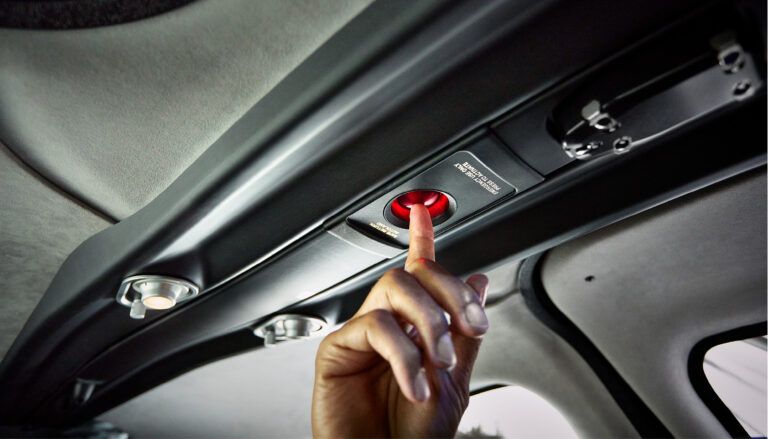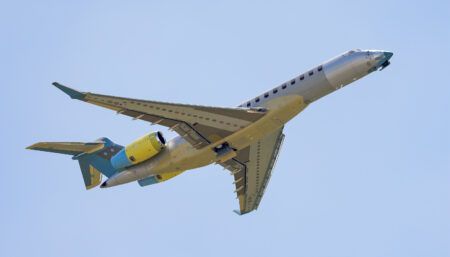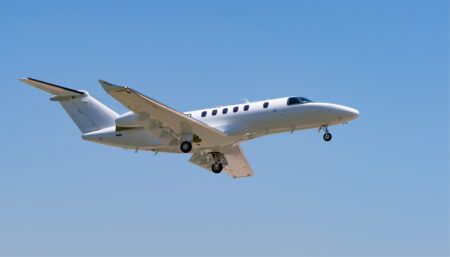Cirrus has announced the new SR Series G7+ single-engine piston aircraft featuring Safe Return Emergency Autoland by Garmin, an FAA-approved autonomous emergency landing system.
With the integration of this technology, anyone in the cabin can activate Safe Return Emergency Autoland with the touch of a button in the event of an emergency, commanding the aircraft to navigate to a suitable nearby airport and land autonomously. This provides pilots and passengers with an automated emergency landing option in the event of pilot incapacitation or a similar inflight emergency. Cirrus is currently delivering the SR Series G7+ with Safe Return Emergency Autoland.
The SR Series G7+ introduces more new features, including Automatic Database Updates enabled by Cirrus IQ PRO for pilot convenience; Runway Occupancy Awareness for safety; and Smart Pitot Heat powered by the Perspective Touch+ flight deck for reduced pilot workload. The aircraft also features the company’s signature Cirrus Airframe Parachute System (CAPS).
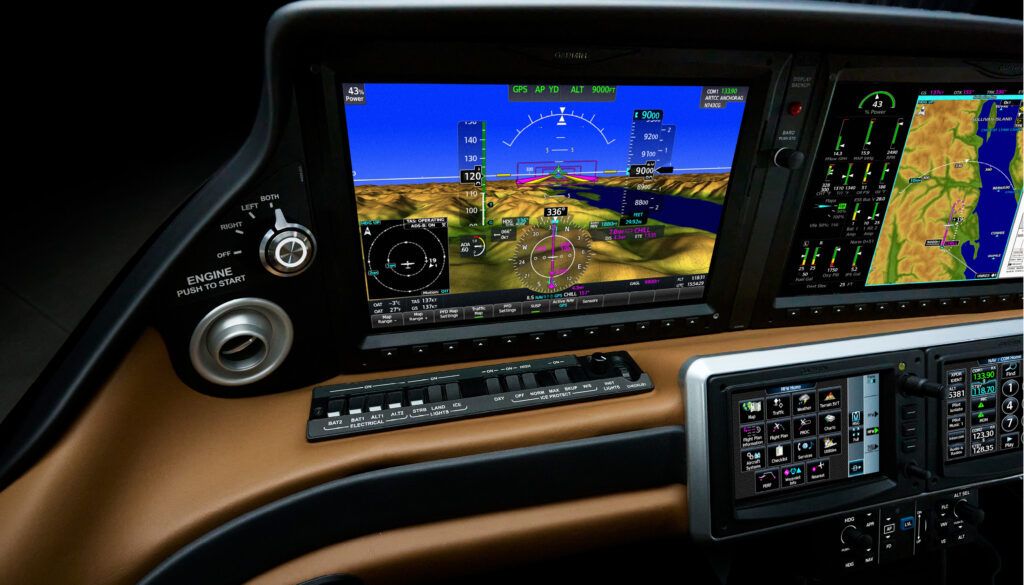
“We’re excited to introduce the SR Series G7+, the aircraft that anyone can land in the event of an emergency with the touch of a single button,” said Zean Nielsen, CEO of Cirrus. “As the largest personal aircraft manufacturer in the world, delivering approximately 600 SR Series aircraft per year, the addition of Safe Return Emergency Autoland on a single-engine piston aircraft brings technology previously only available on larger turbine and turboprop aircraft to a greater number of pilots, spouses and their passengers for added peace of mind. The SR Series G7+ launch, along with our expanding ecosystem and Cirrus IQ platform, underscores our commitment to safety and relentless pursuit of innovation.”
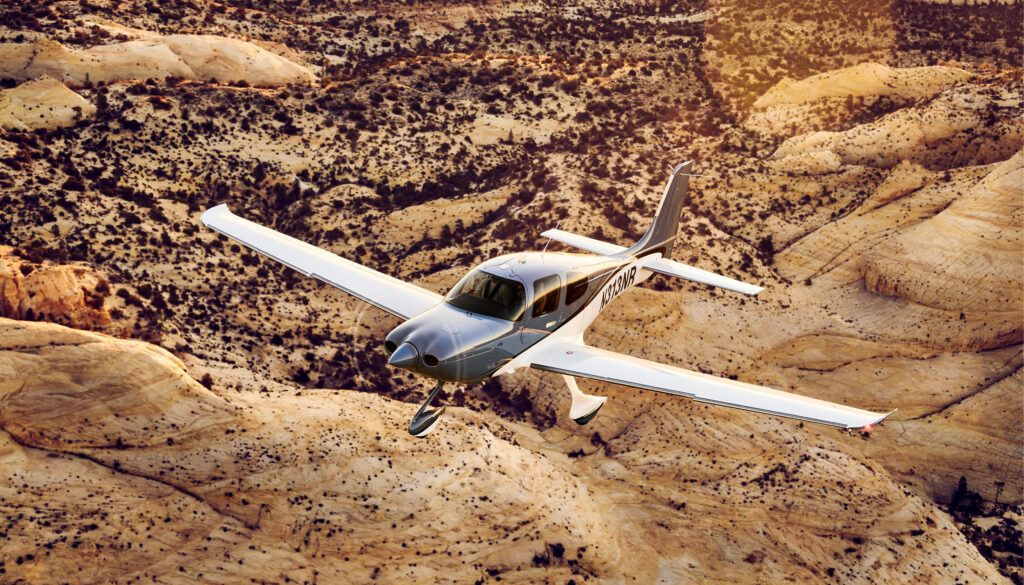
Safe Return Emergency Autoland can be activated both manually and automatically. Anyone in the cabin can activate it at the press of a button positioned centrally in the cabin ceiling. If a pilot is alone or those in the cabin are unable to activate it manually, the system is designed to activate automatically if it determines that the pilot is flying erratically or is unresponsive. It can be disconnected by pressing the autopilot disconnect button at any time the pilot decides.
The system uses a combination of sensors, algorithms and automated flight control systems to enable the aircraft to autonomously land safely without pilot input. It is designed to take control of the aircraft, communicate with air traffic control, navigate to the nearest suitable airport while avoiding terrain and adverse weather, autonomously land the aircraft bringing it to a complete stop, shut down the engine and stop the propeller so that passengers can exit the aircraft safely.
Passengers are kept informed with information on the flight displays, including airport destination, arrival time, and remaining fuel. Next steps are also clearly communicated over headsets. Passengers can press the Talk button on the flight display to speak directly to air traffic control.


